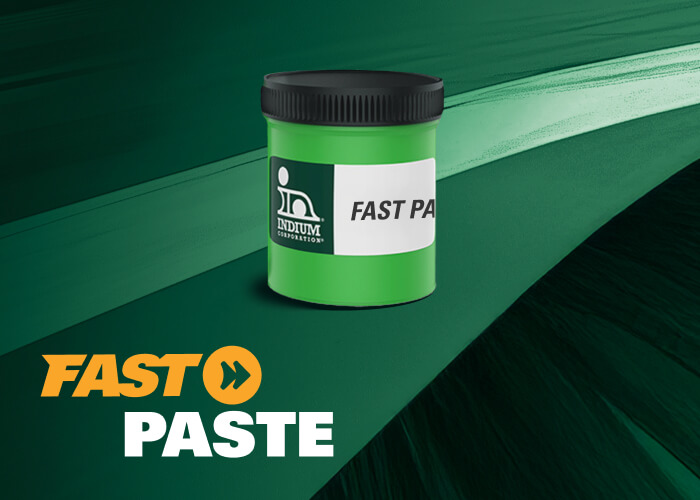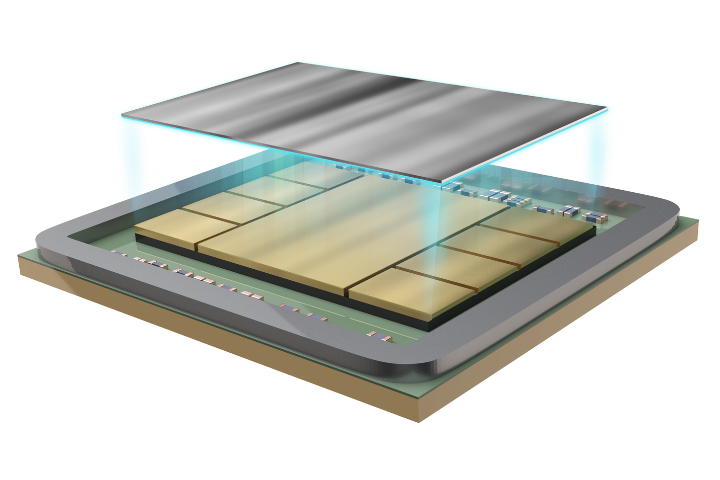In today's manufacturing, you need to be versatile and be able to scale up for high volumes quickly. One of the ways to do that is with 80Au20Sn solder paste. For example, in high power LED module manufacturing you can re-program the dispensing pattern for different designs or use it in a flip-chip manufacturing process.
Reliability is the main driver for using AuSn solder paste. Off-eutectic alloys help compensate for the Au-plating on the bonding surface,bringing it back to 80Au20Sn which thenreduces voiding resulting from being too Au-rich.
Off-eutectic alloys include:
- 78Au22Sn
- 79Au21Sn
- 80Au20Sn
Once you have decided on your alloy, you then need to select your flux vehicle.Indium Corporation offers a number of different flux types for high-tempsolder paste applications, including:rosin-based fluxes for applications where you need strong cleaning flux. The rosin-based flux also holds up better during high-temperature bonding and with higher temperature activations.
The Indium3.2 Water-SolubleSolder Paste is ideal for applications where you need a more aggressive flux that can be cleaned with water-based cleaning solutions.No-clean fluxes are ideal when you need to watch manufacturing cost because eliminatingthe cleaning process helps reduce costs.
AuSn Solder Paste Fluxes include:
- NC-SMQ51SC – a rosin-based no-clean solder paste
- RMA-SMQ51AC- is anRMA version of NC-SMQ51SC
- RMA-SMQ51A- is a higher rosin content version of NC-SMQ51AC
- Indium3.2HF- is a halogen-free water-soluble solder paste
- Indium3.2- is a halogen-containing water-soluble solder paste
If you have any questions about our AuSn or you would like tocontact usto discuss your application. Please contact me at [email protected].
Thanks,



